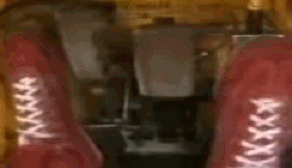Hey fellow gearheads,
First some pictures of my current car for fun as I believe it makes for a good introduction, especially in a sub-forum for track junkies:
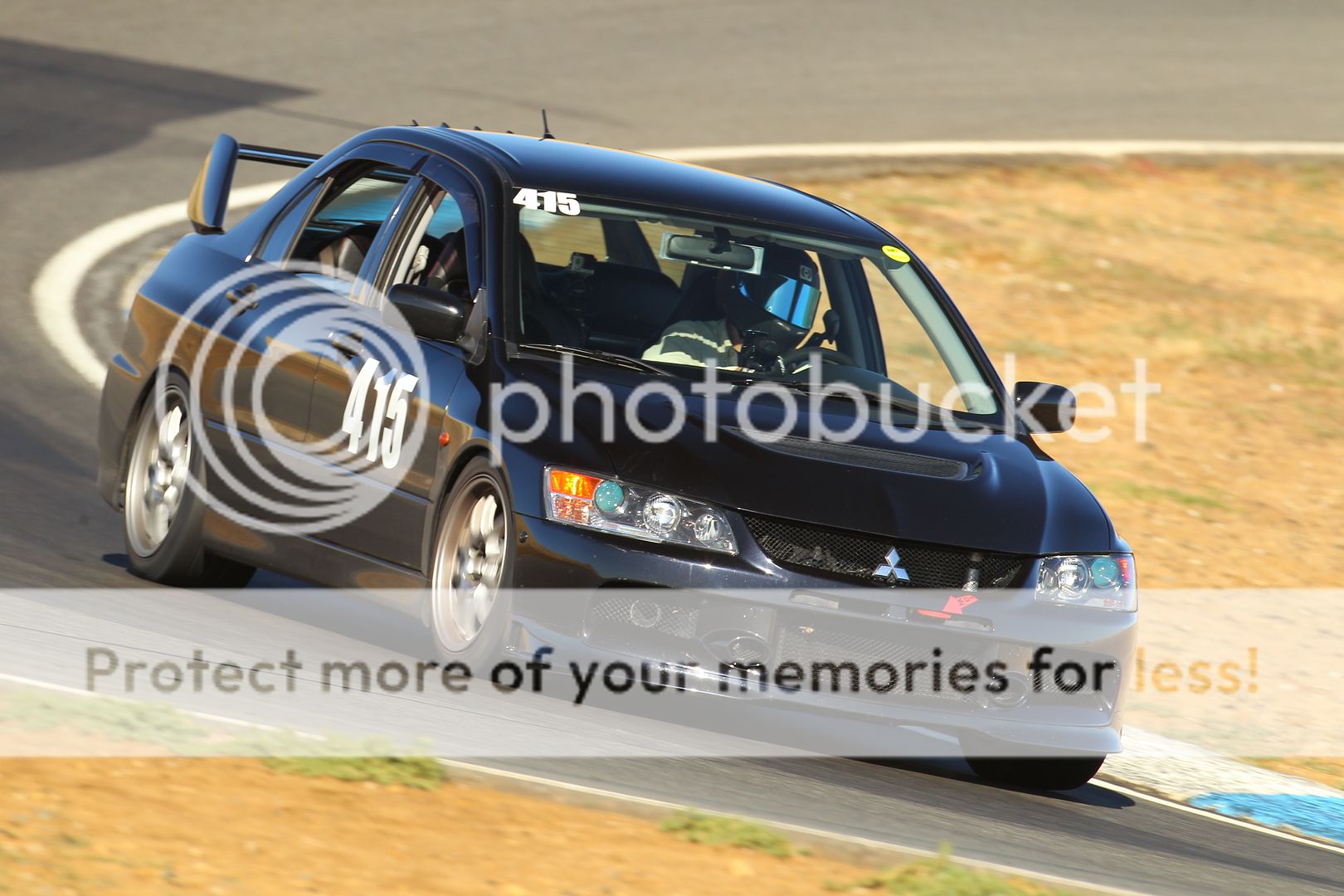
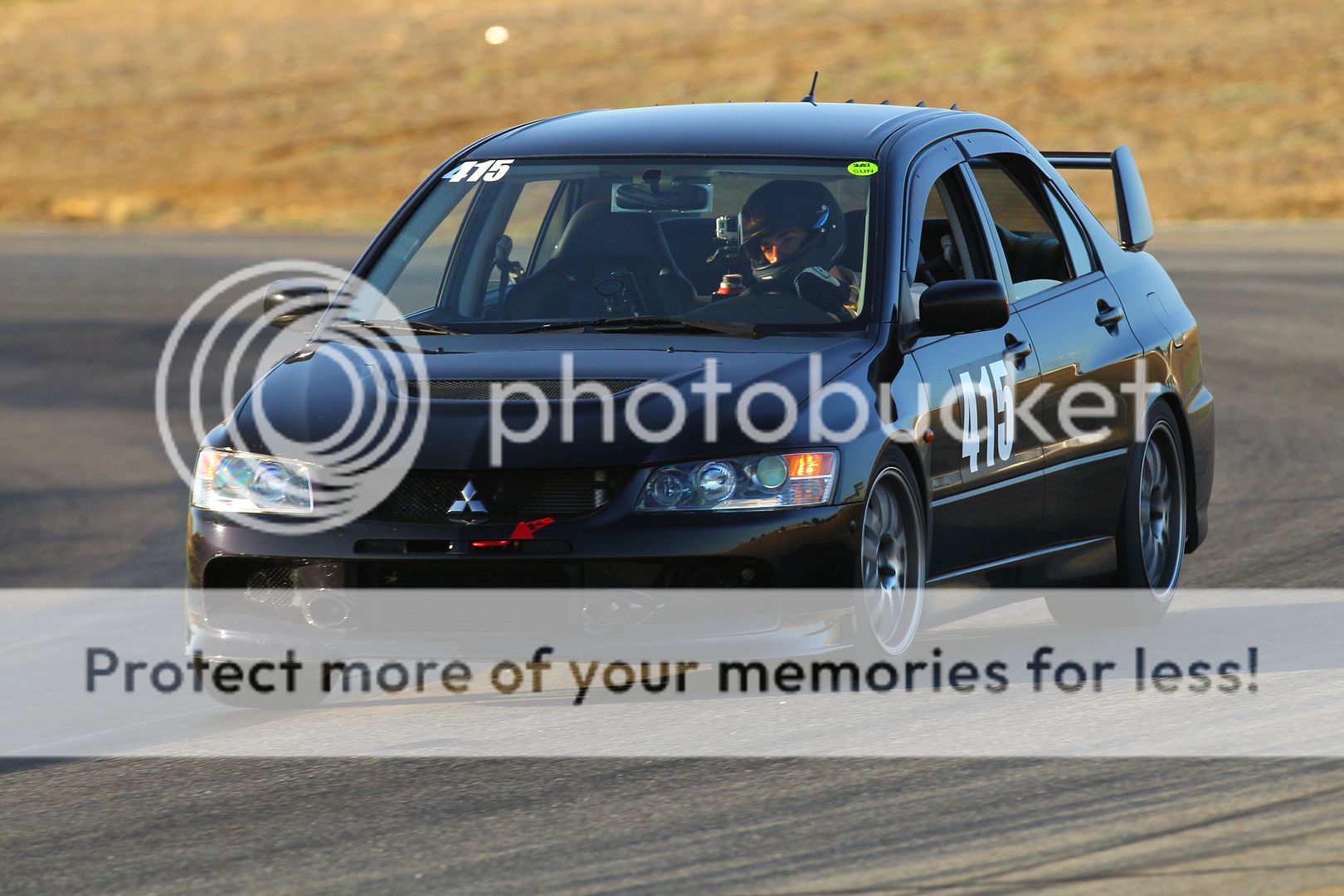
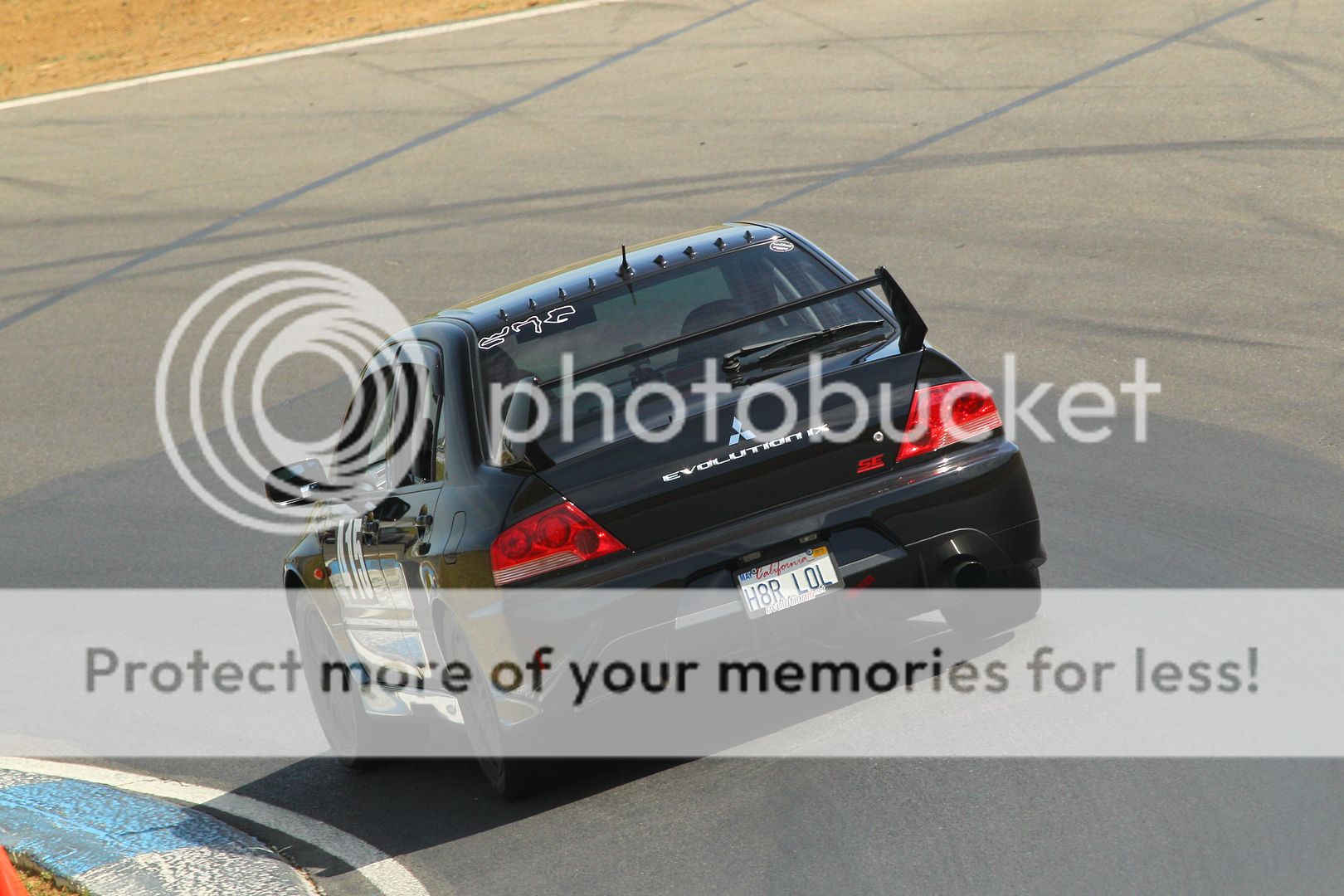
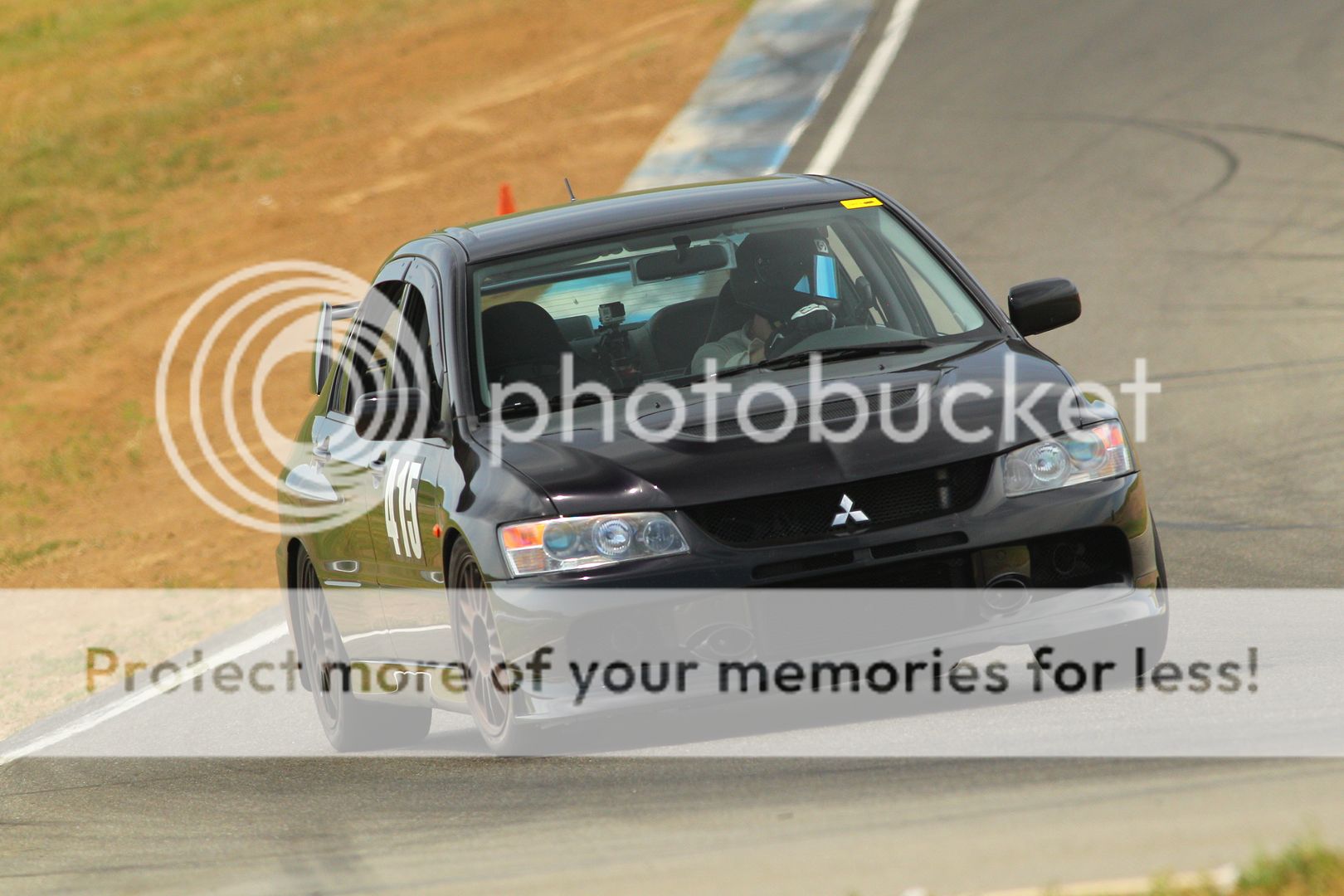


From my very last event (I've been moving, so I haven't had time to hit the track in 2015 yet):
I've had my Mitsubishi evolution for seven years and one month as of today. The last few months I've found myself starting to look at other cars to flog on the track, but more specifically the NSX. I have a thing for unicorns, special models or rare and hard to find vehicles that often outperform other vehicles 2-3x the cost.
I've always lusted after the NSX, but forgot about it over ten years ago because of where I was in my career and the cost of ownership.
Fast forward to six years of HPDE, DIY garage wrenching and depreciation has lead me to this crossroads. Honda is still in my blood. Before I purchased my Evo I used to daily a 2000 Integra Type-R #933 , but nothing can really compare to an NSX. I feel I've matured enough to move from turbo AWD cars and step into something N/A and RWD. Obligate pictures of my old Type-R:
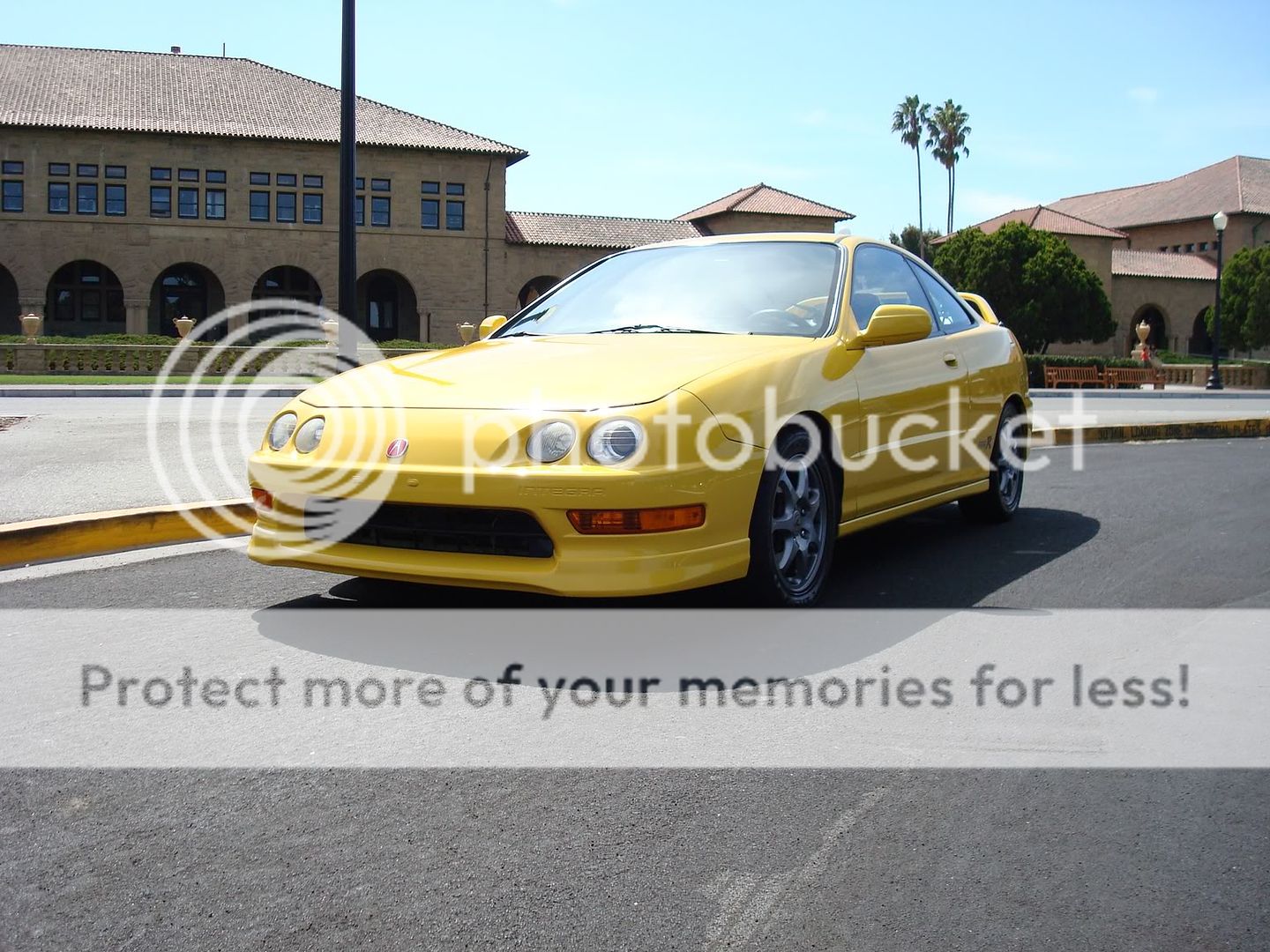
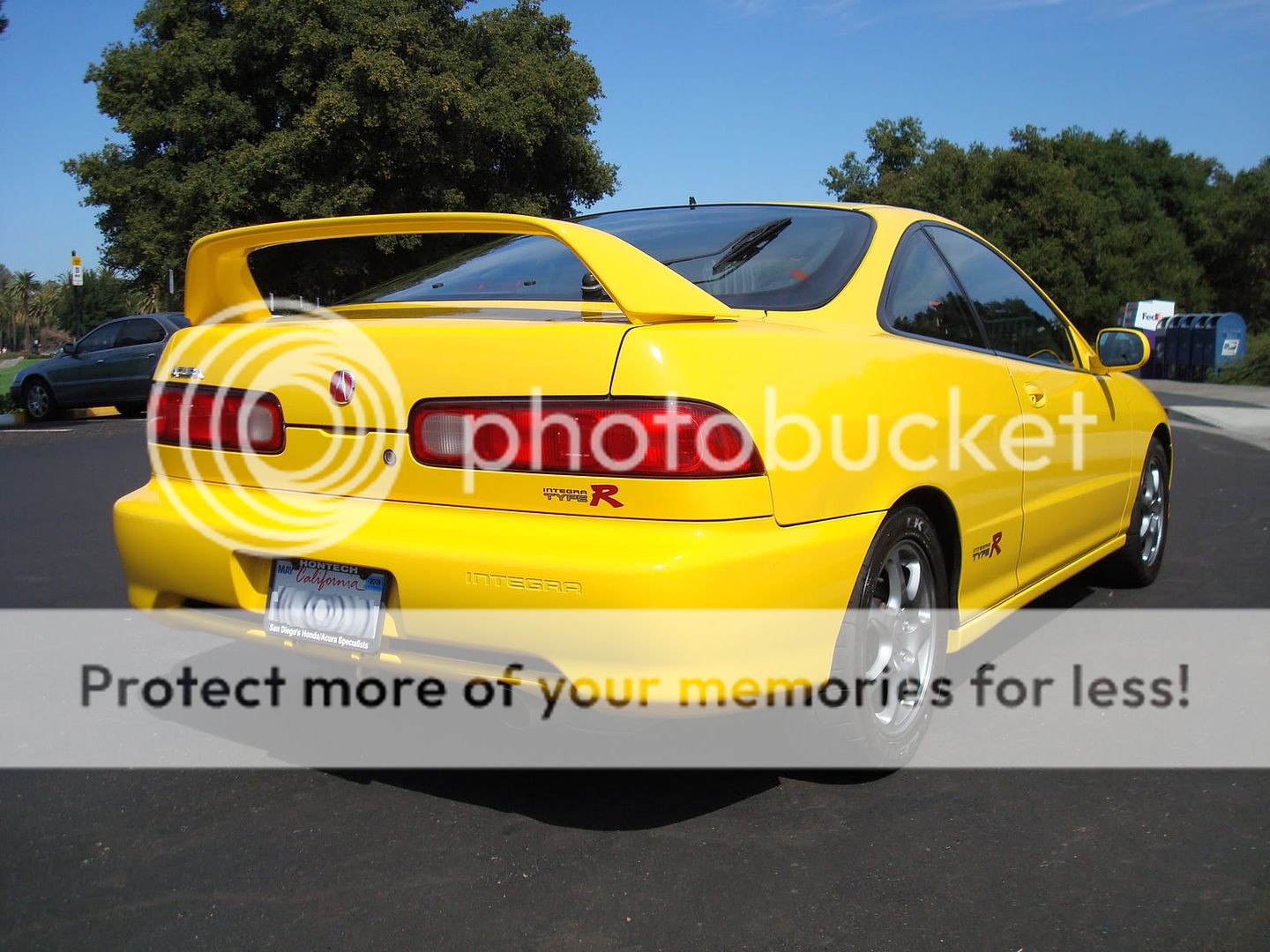
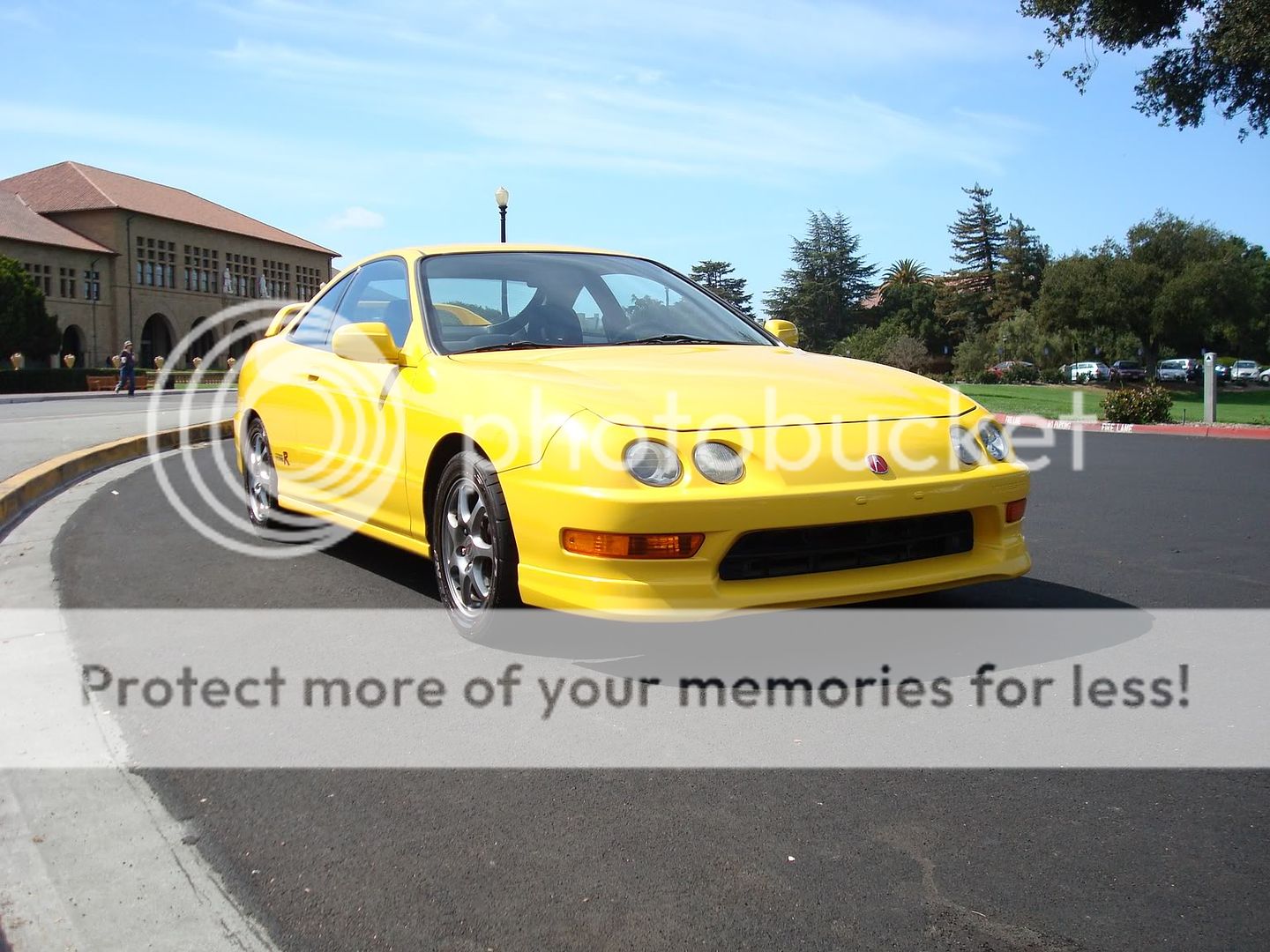
Why did I start this long winded post, you ask?
I need a reality check from the fellow track junkies that know the platform better than any armchair racer (i.e. me, haha) can.
I've been looking at 91-94 cars (stiffer coupe chassis, I'm told) that are ~100k mi and have had the snap ring service (or out of range) completed and all of the necessary refresh service. When I'm ready to purchase, my budget will be between $35k-$45k depending. A full blown race car is out of the question because I don't have the room for a tow rig and a trailer, so I really need to arrive and drive.
Is there a year that works better as a starting point for a track NSX?
I'll be putting in a baffle for the pan, but what else is recommended? External oil cooler? Transmission cooler?
How are consumables with the NSX?
How is part support for all the stuff that can break from track abuse?
At what point would the NSX benefit from a big brake kit?
The platform is over twenty years old, what bushings need to be replaced? Is there anything else?
Brake ducting?

TLDR: What model is best for the track and what needs replacement?
Thank you for your insights, wisdom and time,
Noah
First some pictures of my current car for fun as I believe it makes for a good introduction, especially in a sub-forum for track junkies:






From my very last event (I've been moving, so I haven't had time to hit the track in 2015 yet):
I've had my Mitsubishi evolution for seven years and one month as of today. The last few months I've found myself starting to look at other cars to flog on the track, but more specifically the NSX. I have a thing for unicorns, special models or rare and hard to find vehicles that often outperform other vehicles 2-3x the cost.
I've always lusted after the NSX, but forgot about it over ten years ago because of where I was in my career and the cost of ownership.
Fast forward to six years of HPDE, DIY garage wrenching and depreciation has lead me to this crossroads. Honda is still in my blood. Before I purchased my Evo I used to daily a 2000 Integra Type-R #933 , but nothing can really compare to an NSX. I feel I've matured enough to move from turbo AWD cars and step into something N/A and RWD. Obligate pictures of my old Type-R:



Why did I start this long winded post, you ask?
I need a reality check from the fellow track junkies that know the platform better than any armchair racer (i.e. me, haha) can.
I've been looking at 91-94 cars (stiffer coupe chassis, I'm told) that are ~100k mi and have had the snap ring service (or out of range) completed and all of the necessary refresh service. When I'm ready to purchase, my budget will be between $35k-$45k depending. A full blown race car is out of the question because I don't have the room for a tow rig and a trailer, so I really need to arrive and drive.
Is there a year that works better as a starting point for a track NSX?
I'll be putting in a baffle for the pan, but what else is recommended? External oil cooler? Transmission cooler?
How are consumables with the NSX?
How is part support for all the stuff that can break from track abuse?
At what point would the NSX benefit from a big brake kit?
The platform is over twenty years old, what bushings need to be replaced? Is there anything else?
Brake ducting?
TLDR: What model is best for the track and what needs replacement?
Thank you for your insights, wisdom and time,
Noah




